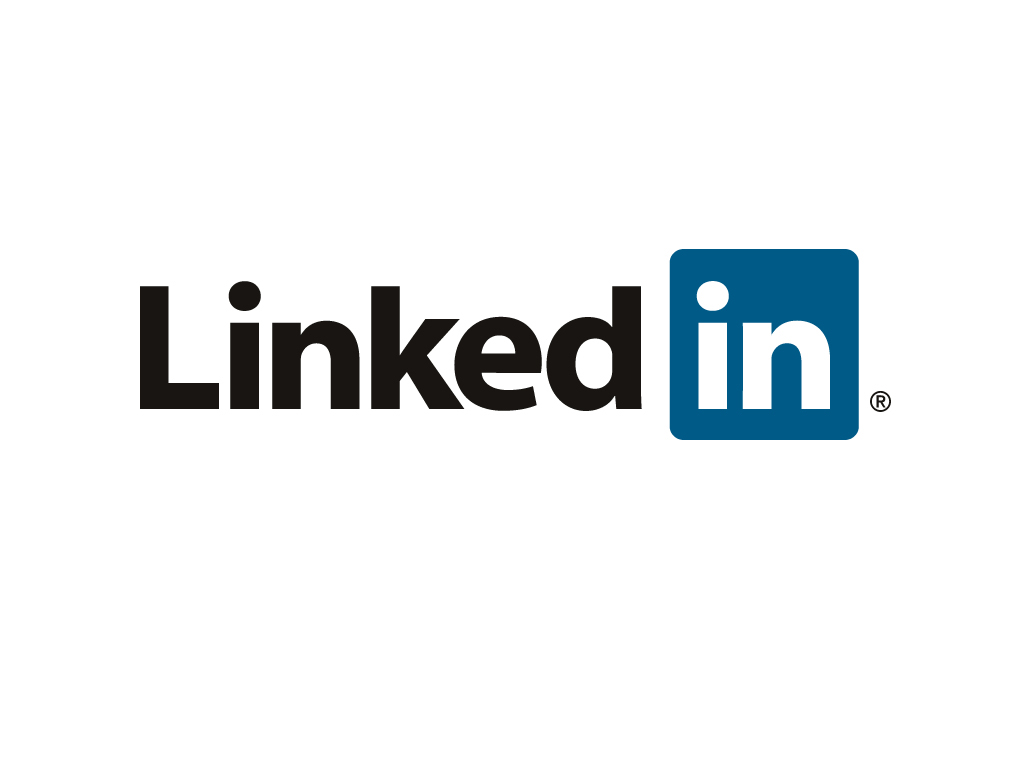 This article is fourth in a four-part series on social media tips for promotional products distributors. Today, we’re tackling LinkedIn. Want more social media tips and ideas? Check out the Ultimate Guide to Social Media for Promotional Products Businesses here.
This article is fourth in a four-part series on social media tips for promotional products distributors. Today, we’re tackling LinkedIn. Want more social media tips and ideas? Check out the Ultimate Guide to Social Media for Promotional Products Businesses here.
If you’re a fan of Facebook’s familiar user interface, but are ultimately looking for a space to post about more professional topics, LinkedIn is your pick. It bills itself as “the world’s largest professional network with more than 562 million users in more than 200 countries and territories worldwide,” and as such, it’s a good place to find people and build business relationships. That makes LinkedIn less about brand awareness and more about direct connections, though it can certainly do both. Here are three ways to get the most out of it for your promo business.
1. Create a visible profile
If you don’t have a company page on LinkedIn, make one. It’s easy—all you need is a personal LinkedIn account and a verified email address. That may sound a lot like setting up a company website—Dana Zezzo, vice president of marketing and vendor relations for American Solutions for Business, the distributor based in Glenwood, Minn., even referred to LinkedIn as an extension of your website—but LinkedIn gives brands or individuals greater opportunity to interact with visitors than a website can. To avoid wasting that opportunity, Jay Busselle, marketing director for Equipment Zone, Franklin Lakes, N.J., advised making your profiles, both personal and business, as complete and detailed as possible.
“In order to get more leads on LinkedIn, you need to be more visible and engaging,” Busselle said. “The No. 1 way to be more visible is to have a current and complete profile. First, you need to use the banner or header for branded information about you and your company. Resist the urge to post a picture of your favorite vacation spot or cool scenery. That space should help tell your story and make me want to stop and check you out. Please do not leave that prime real estate blank.”
Busselle said that your personal profile picture should be a current professional photo of you, citing a study that found these types of profiles to be 21 times more likely to be viewed over profiles without professional images. As for your headline, he suggested coming up with a unique spin on your job title. Use this as a way to express yourself and, of course, have fun.
“‘Marketing Director’ is boring compared to ‘Chaser of BIG IDEAS, Marketing, Social Media, Branding & the perfect TACO, Founder of #promochat,’” he said. “Yes, that’s mine. Think of your LinkedIn profile as a presentation about you. You are the presentation—so use strong visual aids, multimedia and links to articles to prove that you are an expert.”
2. Share industry-related news and articles
Evan Tarakjian, social media and content creator for Spector & Co., the promotional products supplier based in Montreal, considers LinkedIn an education platform, so it should be your top choice for finding and sharing content related to the industry and seeing what people within the industry are posting about. He advised keeping content to blog posts, articles, case studies and infographics. “It’s all about education and the sharing of important industry information,” he said.
“I think the No. 1 thing you can use in LinkedIn that is just a touch advanced would be is that you should have a steady cadence of what I call PR news,” Zezzo said. “If you win an award, if you were published, you were quoted somewhere, you made a new hire, or you landed a new contract, you should write that PR, house it to your website, and then always post that to your LinkedIn.”
3. Referrals and recommendations
LinkedIn also has huge potential for direct business, given how easy it makes networking. In December, we interviewed Linda Miller Seder, principal for Innovative Promotional Concepts, Watertown, Mass. She had a breakthrough on LinkedIn, using connections to gain referrals that helped her double her sales in the financial market.
“I was watching LinkedIn, and I saw that somebody in an accounting firm connected to somebody else that I knew,” Seder told us. “And I reached out and said, ‘I see that you just connected with this person. I’ve worked with this person. I also know somebody else that you’re connected with. I would welcome the opportunity to talk with you.’ And shortly after that, I did a $33,000 order with her, and she’s the one that’s really helping me get into the financial industry.”
Recommendations also help. While it may be tougher to get those, since you’ll need a client to go out of their way to give you one, they can solidify your reputation and be the deciding factor in whether or not certain prospects choose to do business with you.
“All things being equal, if I’m looking at your profile and comparing you to another local competitor and you have two recommendations from co-workers (or worse, you have none) and your competitor has 20 recommendations from clients, guess who I’m going to call first,” said Busselle.
Don’t have any, or enough, recommendations? It can’t hurt to ask for some. If you’re already connected on LinkedIn with any clients you know were happy with your service, see if they’ll give you a recommendation. At worst, they’ll politely decline or be too busy to actually do it. At best, you’ll have added some serious cred to your profile.
Looking for tips on Twitter, Instagram, Facebook and more? Check out the Ultimate Guide to Social Media for Promotional Products Businesses here!



